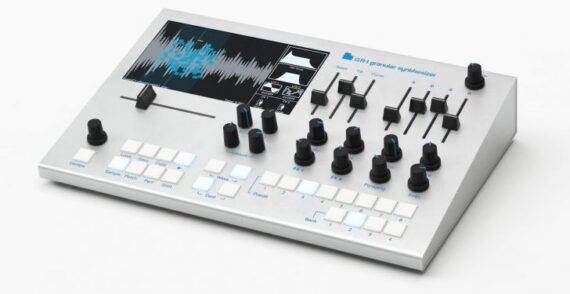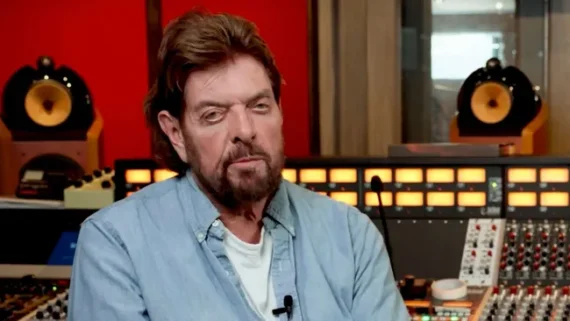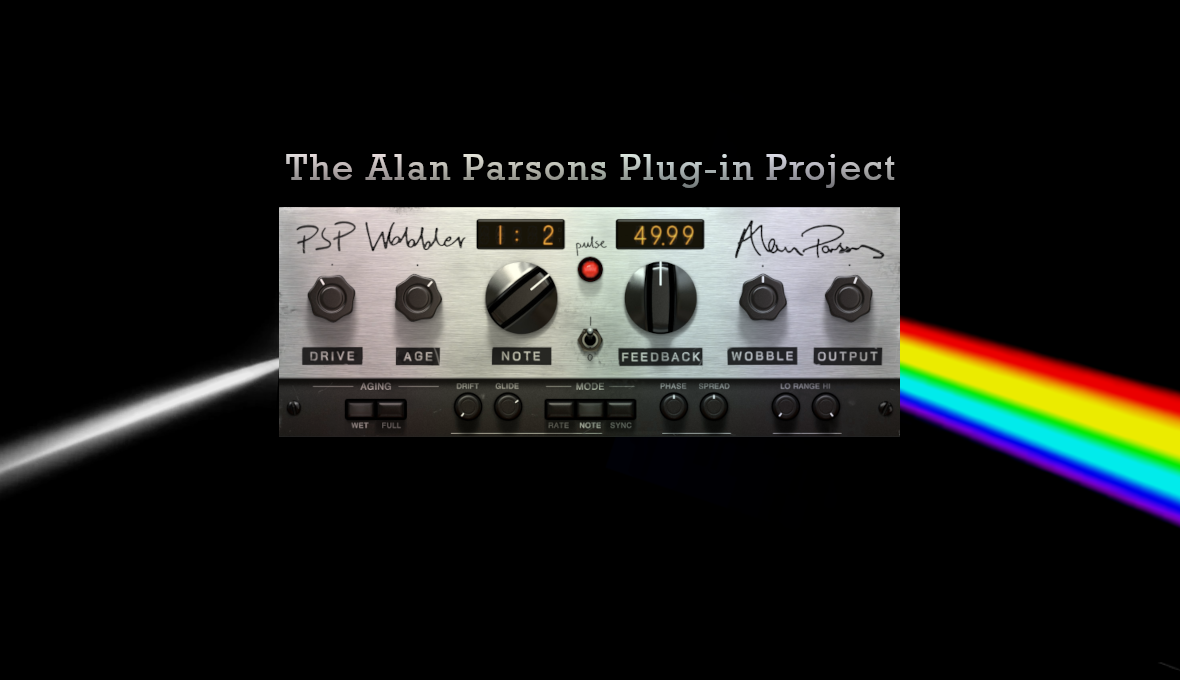New ROLI Piano Features Polyphonic Aftertouch, Illuminated Keys
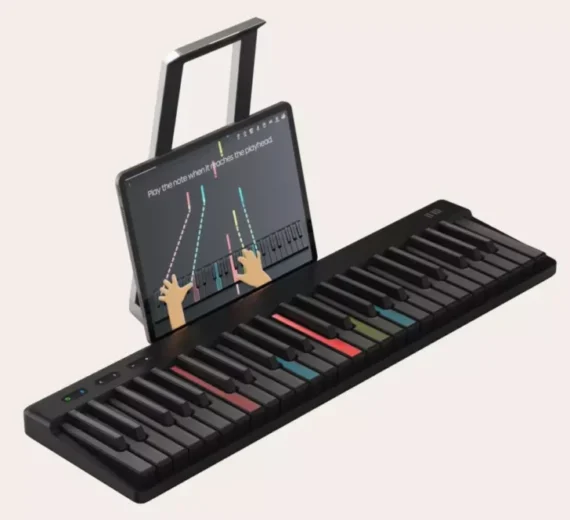
Hear the word ‘piano’ and the chances are that you will visualise an acoustic or digital instrument with 88 keys that can be played without the need to connect it to anything else. However, ROLI has other ideas on its new ‘Piano’ controller keyboard.
At the 2025 NAMM Show, ROLI has introduced the ROLI Piano, a 49-key “smart keyboard”, that they say is designed for both learners and experienced musicians.
ROLI Piano features illuminating keys and a suite of expressive features. ROLI is also launching the ROLI Piano AI Assistant, a generative AI-powered tool designed to make music creation “easier and more fun”.
Together with the recently introduced Airwave system, the ROLI Piano form the ROLI Piano System:
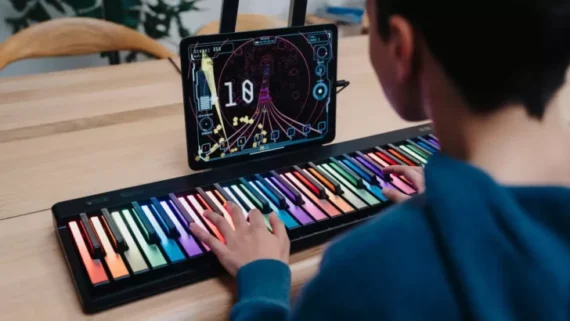
The ROLI Piano builds on the company’s previous products, especially the Piano M, which offers illuminated keys and a 2-octave keyboard. And it bears more than a passing resemblance to the Lumi keyboard that we first heard about way back in 2019. They say that a larger keyboard – with all the smarts of Piano M – has long been the number one request from customers.
ROLI Piano features a 49-key expressive keyboard, with full-sized, full-plunge depth keys. The keys feature ROLI’s patented BrightKey technology, and feature per-key pitch bend and polyphonic aftertouch capabilities, for a more expressive playing experience.
ROLI’s Piano AI Assistant is an educational solution that leverages generative AI. The company says that it makes learning to play “easier, more intuitive and more fun than ever before”. When these two products are combined with the Airwave, you get what ROLI is calling the ROLI Piano System.
“In a few years time, it will seem antiquated that a piano or keyboard can’t help guide you, can’t see your hands and respond to them in many ways, and can’t have a conversation to help you. Today, we’re unveiling the new ROLI Piano System that will help usher in this big shift,” said Roland Lamb, Founder and CEO of ROLI.
The Airwave is a physical stand that looms over your keyboard and includes infrared cameras that track 27 points in each hand at 90 frames per second. It generates real-time feedback that’s designed to help you improve your hand positioning, finger placement and technique.
When you’re using the companion ROLI Learn app – and as with the Piano M – the ROLI Piano’s keys will light up so that you can see which notes to play and when to play them. And if you want to indulge in some real-time sound design, raising your hands off the keyboard will enable you to use air gestures – glide, tilt, flex and slide – to control the parameters of your choosing.

Once connected to your computer or tablet over Bluetooth or USB-C, ROLI Piano can be used with your choice of DAW and/or software instrument, but with the ROLI Studio software also included, you already have plenty of presets that have been designed specifically to get the most out of the keyboard’s features.
ROLI Piano is available for pre-order on January 23rd, 2025, shipping in April, 2025, and with early bird price of $399 (down from $599). The Piano AI Assistant will be available for immediate use in the ROLI Learn App in the next few days. The ROLI Piano System is available for pre-order at the ROLI site.
If you want the Airwave as well, it’s available in a bundle that currently costs $648, rising to $948.
